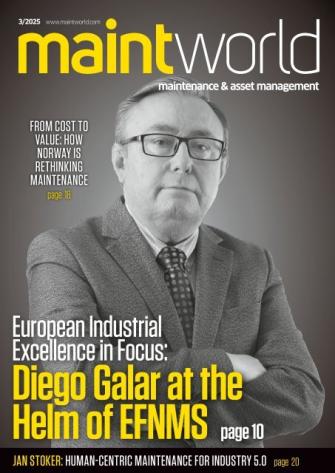Key Project Management Metrics for Continuous Improvement
Agile project management is no longer just a methodology used in product or software development. Today, different functions within an organization or a business can implement the Agile methodology to better manage projects and boost output. In fact, the methodology is actively being used to manage everything from marketing campaigns to finance-related projects.
The Agile methodology is unique in the way it structures projects. Every project needs to have a major theme that consists of a large focus and long-term objectives. Agile epics are direct derivatives of the theme of the project, and tasks or user stories are the individual units that need to be completed in order to complete the project. There is much more detailed information about agile epics available.
Tools like Kanbanize facilitate the use of the Agile structure too. Epics, for instance, are stated clearly and can be assigned to layers. With the structure in place, the next part is tracking key metrics in order to find ways to improve existing workflows. These are the key project management metrics you need to start tracking today.
Cycle Time
Cycle time is the most basic metric and one that you can track immediately. As the name suggests, cycle time is the time allocated to complete a cycle of one or more tasks in a project. In software development, the cycle time represents individual iteration and release as well as the time for which one user story goes from “In Progress” to “Done” . In other projects, cycle time represents the time needed to complete a set of tasks in a project.
Cycle time is considered a basic metric because of its lack of depth. While you can measure the effectiveness of your team and how well a project is structured based on cycle time, it is not always possible to measure other performance-related metrics using cycle time as the only component. What you can do is combine cycle time with resource usage to find ways to speed up cycles.
Resource Usage
That brings us to our next metric, which is resource usage. Resource usage may seem like a difficult metric to measure, but tools like Kanbanize actually make the process easy. You can identify the number of team members participating in a project and keep track of their work hours, particularly hours spent completing specific tasks .
At the same time, you can use data from other sources to gain a better insight into the overall resource usage. Factors such as budget and budget usage, raw materials, and other investments made into the project all play important roles in determining the actual resource usage of the project. Combined with cycle time, it becomes easier to identify bottlenecks and boost efficiency.
Earned Value
Most projects are measured based on their return on investment or ROI, but there is actually a more important metric to understand in project management: earned value. By definition, earned value is the comparison between the value generated by the project and the portion of the project budget spent to date. That last part is important because it makes earned value an active and real-time metric.
Earned value can be further identified by comparing the value of the work and the approved budget for the project. It is a handy metric for measuring budget effectiveness and the potential ROI of the project at completion. You can also make sure that each project is being executed within its budget and timeframe before the project ends.
Productivity
Productivity takes an even closer look at the overall capacity of the company. It compares input – in the form of budget, resources, and time – with the output generated by the project (or projects) at any given time. Productivity, just like other metrics we reviewed in this article, can be used in conjunction with other metrics to measure efficiency level.
The only challenge to solve when measuring productivity is unit conversion. Both input and output must be converted into standardized units for the calculation to be accurate. This can be done by valuing resources and other input units in great detail. For example, you can value one work hour as equal to three batches of raw materials.
Customer Satisfaction
Of course, projects must also generate value for the end-users, hence the need to measure customer satisfaction. For internal projects, the end-users are C-level executives or other departments. For external projects, the immediate customers are your end-users. A scale of 0 to 100 is usually used to measure customer satisfaction.
Customer Satisfaction Index (CSI) can be measured through customer surveys, revenues generated from customers, and complaints. Some companies also measure repeat business from existing customers as a way to monitor the success rate of their projects and CSI. As an added bonus, review your churn rate to see if projects are aligned well with business objectives.
By keeping track of these metrics, you can find more ways to streamline existing and upcoming projects. Streamlined projects will lead to higher customer satisfaction, more efficient operations, and a substantial boost in return on investment with every project you execute as an organization.
Grace Murphy






![EMR_AMS-Asset-Monitor-banner_300x600_MW[62]OCT EMR_AMS-Asset-Monitor-banner_300x600_MW[62]OCT](/var/ezwebin_site/storage/images/media/images/emr_ams-asset-monitor-banner_300x600_mw-62-oct/79406-1-eng-GB/EMR_AMS-Asset-Monitor-banner_300x600_MW-62-OCT.png)



